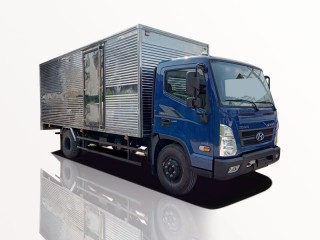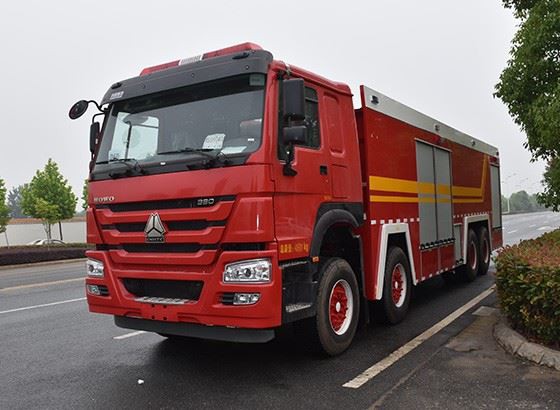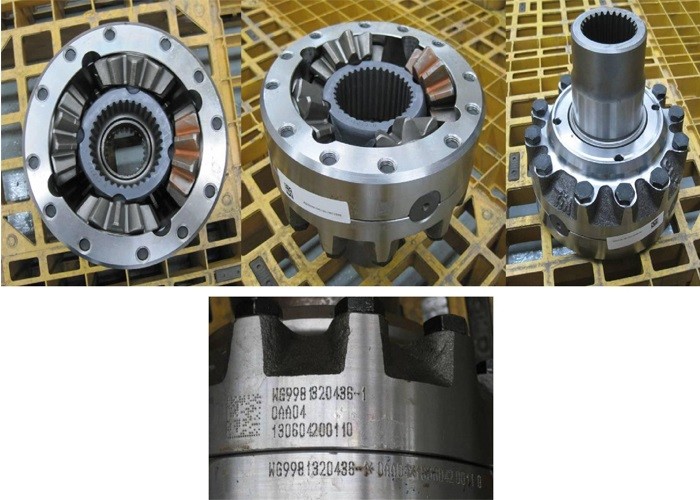Introduction
Garbage trucks play a crucial role in maintaining cleanliness in our communities by collecting waste materials from homes and businesses. However, have you ever wondered just how much garbage they can actually hold? This article will delve deep into the capacity of garbage trucks, the factors influencing their size, and practical tips for maximizing waste collection efficiency. By the end, you’ll have a thorough understanding of garbage truck capacity and its implications for waste management.
Understanding Garbage Truck Capacities
Garbage trucks come in various sizes, designed to fulfill different waste collection needs. Their capacity is typically measured in cubic yards or tons. This section will explore the different types of garbage trucks and their typical load capacities.
Standard Garbage Truck Types and Capacities
| Garbage Truck Type | Capacity (Cubic Yards) | Capacity (Tons) |
|---|---|---|
| Front Loader | 20 – 30 | 8 – 12 |
| Rear Loader | 20 – 32 | 6 – 14 |
| Side Loader | 20 – 30 | 8 – 12 |
| Roll-off Truck | 10 – 40 | 10 – 20 |
Factors Affecting Garbage Truck Capacity
Several factors impact how much garbage a truck can carry, including:
- Truck Design: The build and layout of the truck play a significant role.
- Type of Waste: Bulky items or hazardous materials may reduce the effective load capacity.
- Weight Restrictions: Legally imposed weight limits can vary based on local laws, affecting how much waste can be collected.
- Route Design: Longer routes may lead to partially filled trucks due to timing constraints.
Types of Garbage Trucks and Their Special Features
Different garbage trucks have unique features that aid in efficient waste collection. Understanding these types and features helps in maximizing their usage.
Front Loader Trucks
These trucks are designed primarily for commercial waste management. They feature a hydraulic arm for lifting bins and have high capacity, making them suitable for large amounts of waste.
Advantages of Front Loader Trucks
- High capacity, reducing the number of trips made.
- Efficient for urban waste collection where space is limited.
Rear Loader Trucks
Commonly used for residential waste collection, rear loader trucks have an opening at the back for easy waste deposits.
Advantages of Rear Loader Trucks
- Versatile and can handle various types of waste.
- Simpler design makes them easier to operate.
Side Loader Trucks
These trucks operate using automated arms that pick up bins from the side, optimizing collection efficiency.
Advantages of Side Loader Trucks
- Less manual labor is needed, reducing injury risk.
- Can navigate narrow streets more easily than other types.
Roll-off Trucks
Ideal for construction sites or large clean-ups, roll-off trucks transport large open-top containers.
Advantages of Roll-off Trucks
- High capacity for bulky waste.
- Flexible waste management for specific requirements like renovation projects.
Calculating the Capacity of a Garbage Truck
Knowing how to calculate the capacity of a garbage truck can help inform waste management decisions. Here’s how to do it:
Understanding Cubic Yards
The volume of the truck can often be estimated in cubic yards, a standard measurement in waste management. To calculate this, you need the height, width, and length of the truck’s load area.
Cubic Yard Calculation Formula
Cubic Yards = (Height in feet × Width in feet × Length in feet) ÷ 27
Example Calculation
If a truck has a load area dimension of 6 feet high, 8 feet wide, and 20 feet long:
- Height: 6 feet
- Width: 8 feet
- Length: 20 feet
The calculation would be:
(6 × 8 × 20) ÷ 27 = 4.44 cubic yards
Maximizing Garbage Truck Efficiency
Improving the efficiency of garbage trucks can lead to better waste management and lower operational costs. Here are some practical tips:
Scheduled Routes
Establish regular collection schedules to avoid overflow and ensure efficient waste collection. Adjusting routes based on traffic patterns can also save time.
Use of Technology
Implementing route optimization software can help streamline the collection process, ensuring trucks are filled to capacity before heading to a landfill or recycling facility.
Community Engagement
Building awareness in the community about proper waste disposal can reduce contamination and help maintain the efficiency of recycling programs.
Environmental Impact of Garbage Trucks
Garbage trucks have an undeniable environmental footprint. Factors such as fuel consumption, emissions, and landfill usage need to be considered in waste management strategies.
Fuel Efficiency
Newer garbage trucks tend to have better fuel efficiency and reduced emissions compared to older models. Transitioning to electric or hybrid models also helps reduce pollution levels.
Recycling Rates
Trucks designed for recycling can significantly lower the carbon footprint of waste processing. Educating the community on recycling can lead to lower volumes entering landfills.
Innovations in Garbage Truck Design
As waste management evolves, so do garbage truck designs. Innovations include:
Automated Systems
Automated garbage trucks reduce the need for manual labor and improve safety. These systems are often equipped with sensors to prevent accidental damage.
Improved Compacting Technology
Recent advancements in compacting technology allow trucks to carry more waste without exceeding weight limits, effectively increasing their utility.
Regional Influences on Garbage Truck Capacity
The capacity and type of garbage truck used often depend on regional requirements, infrastructure, and waste management policies. Factors include:
Urban vs. Rural Settings
Urban areas may use smaller trucks for navigating narrow streets, while rural areas might utilize larger trucks with greater capacities for fewer trips.
Local Regulations
Sensitivity to local laws regarding waste disposal can dictate the types and capacities of trucks used in a particular area.
Frequently Asked Questions (FAQ)
1. How many tons can a garbage truck hold?
A garbage truck generally holds between 6 to 20 tons of waste, depending on its size and type.
2. What are the dimensions of a typical garbage truck?
Typical dimensions can vary, but many standard garbage trucks measure approximately 20-30 feet in length, 8-10 feet in width, and 10-15 feet in height.
3. How often are garbage trucks emptied?
This depends on the locality and waste collection schedule; typically, residential areas are serviced weekly or bi-weekly, while commercial areas may see daily pickups.
4. Are there weight limits for garbage trucks?
Yes, weight limits are imposed by local regulations and road infrastructure, often varying from 18,000 to 26,000 pounds for standard trucks.
5. What happens when garbage trucks reach capacity?
When full, trucks must head to a landfill or recycling facility to unload before resuming collection routes.
6. Can garbage trucks handle hazardous waste?
Specialized trucks can handle hazardous waste, but standard garbage trucks are typically not equipped for this type of material and must follow strict regulations for proper disposal.



